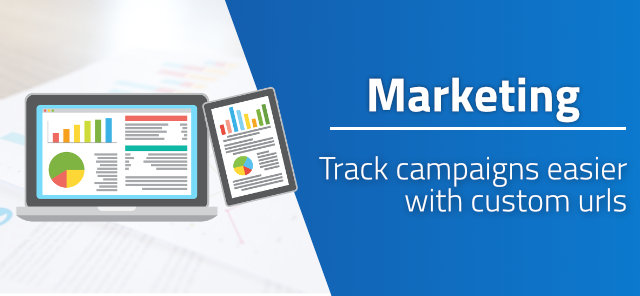It is not always easy to monitor the success of your online campaigns. Often you simply have insufficient information which does not show you the whole truth. But how can you change that?
You surely know it too: First you create and run a new Google Ads campaign or an email campaign and at the end you don't know if it was really worth it. Sure, you can track how many clicks were achieved in Google Ads and email marketing tools such as Mailchimp and Sendinblue. But then? Especially when it comes to the link with resulting conversions it becomes difficult. Because often, with the help of analytics tools like Google Analytics, you know that users came through an ad (often marked as CPC), but not exactly through which ad and with which keyword. The same applies to email campaigns, for example. Here it is usually even more difficult because Google Analytics does not explicitly show that the clicks on a landing page are due to emails.
Exactly for such cases it makes sense to collect campaign data with the help of custom URLs. This can be solved by submitting URL parameters. Google has created its own info page for this purpose. There you will also find the following note about this:
"By adding campaign parameters to the destination URLs you use in your ad campaigns, you can collect information about the overall efficacy of those campaigns, and also understand where the campaigns are more effective. For example, your Summer Sale campaign might be generating lots of revenue, but if you're running the campaign in several different social apps, you want to know which of them is sending you the customers who generate the most revenue."
You can find Google's full info page here: Google - Custom URLs
Campaign URL Tools can help to create custom URLs
But manually creating and maintaining such links can be laborious. Exactly for this purpose there are tools like the Campaign URL Builder from AkEgo Development (based on the criteria of Google's info page). Here you can easily enter your target URL and in a few seconds create your campaign URL and use it directly.
But with the simple creation of the campaign URLs it is basically not done. Sooner or later, you will no longer have an overview of which URLs you have used where and in what form. Therefore, it is also recommended to create a campaign map. There you can keep a written record of which URLs you have used where and with which values. This makes it easier to track what you did and how you did it. So that you don't have to create such a campaign map yourself, we have created a template for you, which you can download on the following page: Campaign URL Builder - Campaign Map Template.
Ultimately, of course, it is up to you what you do. With custom URLs, however, campaigns and the resulting success can be identified more clearly. Therefore, it is definitely worth to start creating such URLs now.
2021-07-24
